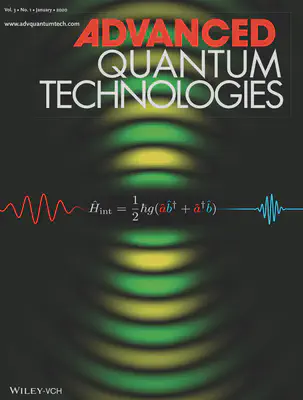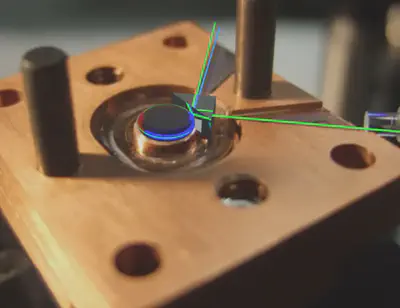Nonlinear and Quantum Optics
Frequency conversion
Non-linear optical phenomena require high electro-magnetic fields and highly non-linear materials. The strongest optical non-linearities are $\chi^{(2)}$ non-linearities which can only exist in crystalline materials. Whispering gallery mode resonators made out of crystalline materials combine high quality factors with small mode volumes and are thus ideal systems to study non-linear optics.
Coherent conversion between microwaves and optics
One particularly challenging, but important topic is to bridge the microwave and optical domain, coherently. Microwave photons are the quantum bits in the superconducting microwave quantum circuits. They cannot however communicate to any other quantum system outside of the cryostat, unless they are converted into the optical domain. We have shown that this is possible in 2016.
In 2020 we reviewed the topic in a front cover issue of Advanced Quantum Technologies

Google Award
In 2024, Google Research, announced that connecting various quantum systems is an open and unsolved problem: “However, developing the required technologies at the quantum scale poses unique challenges as well. For example, high fidelity transfer of information between storage and computing media like superconducting qubits and transmission media like optical photons, a process also known as transduction, is underdeveloped.”
We were awarded $50,000 USD for one year to push ahead on a new design that we believe can get us to 80% conversion efficiency.

Fundamental quantum properties
We are working together with the QIV group at the MPL on studying the quantum properties of the emitted light from parametrically down converted light in a lithium niobate WGM resonator. A green pump photon splits into two highly tunable infra red photons and allows for heralded single photons of a single mode (2015):
In order to determine the exact modal parameters we have devised a method to clearly identify each mode (2014):